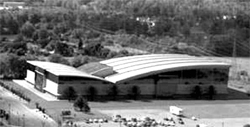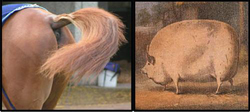Will Buffalo wind up with the same disaster as Seneca in Niagara Falls?
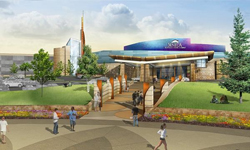 |
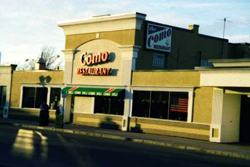 |
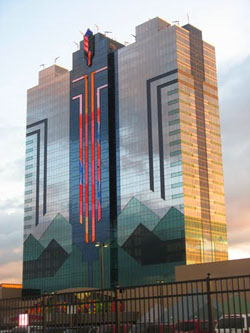 |
| Artists rendering of Seneca Buffalo casino.
Small and meant to attract losers. Self-serving statement: "There's no point in getting beyond our core component, which is gaming, and this is our attempt to be good neighbors," Seneca President Chief Robert Porter about plans to not build hotels and restaurants, which is good. |
Do the math: The long-established and excellent
Como Restaurant pays an estimated $300,000 in combined
property and sales taxes annually, while the new
Seneca-Italian restaurant pays zero. How many bowls of spaghetti does the Como have to sell before achieving the same profit, or get equality with Seneca? |
The tax-free Seneca Niagara Hotel looms large over Niagara Falls, casting a dark shadow on competing taxpaying hotels. You too would be the biggest hotel in the region if you paid no taxes while all your competitors paid through the nose. |
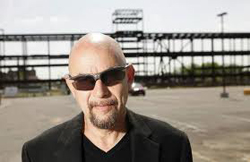 |
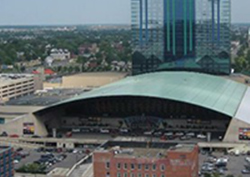 |
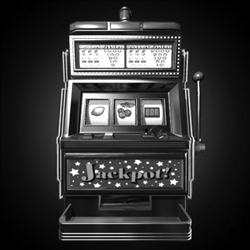 |
| “In my 34 years researching and
teaching... I have never encountered
a competitive situation where one
business entity has such a staggering competitive advantage over other entities. I am unaware of any other competitive environment where competitive advantages would be considered so great that competitors would have absolutely no strategic answer except perhaps liquidation of assets. Such an advantage can only occur through government decreeing that business practices currently illegal to all competitors are suddenly legal – but only for one competitor – which is precisely what the Casino Compact did for the Seneca’s multi product casino operations.” Professor Steve H Siegel, College of Hospitality and Tourism Management, Niagara University, shsiegel@niagara.edu). |
The coming of the Seneca casino inside the old convention center destroyed convention
business in Niagara Falls, a business that brought thousands of tourists and millions
of dollars to local businesses.
|
A stupid deal. Albany got 25% of the slot
revenues and passed on only 25% of that to the
city. For every $1 that a local gambler loses in
a slot machine, the Senecas and Albany were
to share 93.75 cents and the City got 6.25 cents. The Seneca “slot hold” as reported to the Securities and Exchange Commission (SEC) is about 8%. For every dollar gambled in a slot, the average return was $.92. The casino keeps $.08. Every Seneca slot machine takes in an average $200,000 in profits and out of our economy, money that could have been spent at other area businesses. |
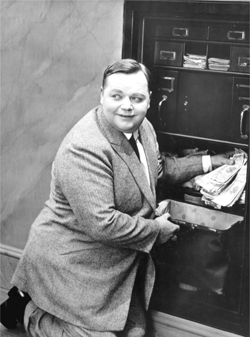 |
(Left) Why, instead of an American,
do we have a Native-
American casino and tax-free
zone in Niagara Falls? |
ALBANY’S VIEW: A thoughtful Albany official, right, contemplates his perception of a resident of Niagara Falls, N.Y. |
